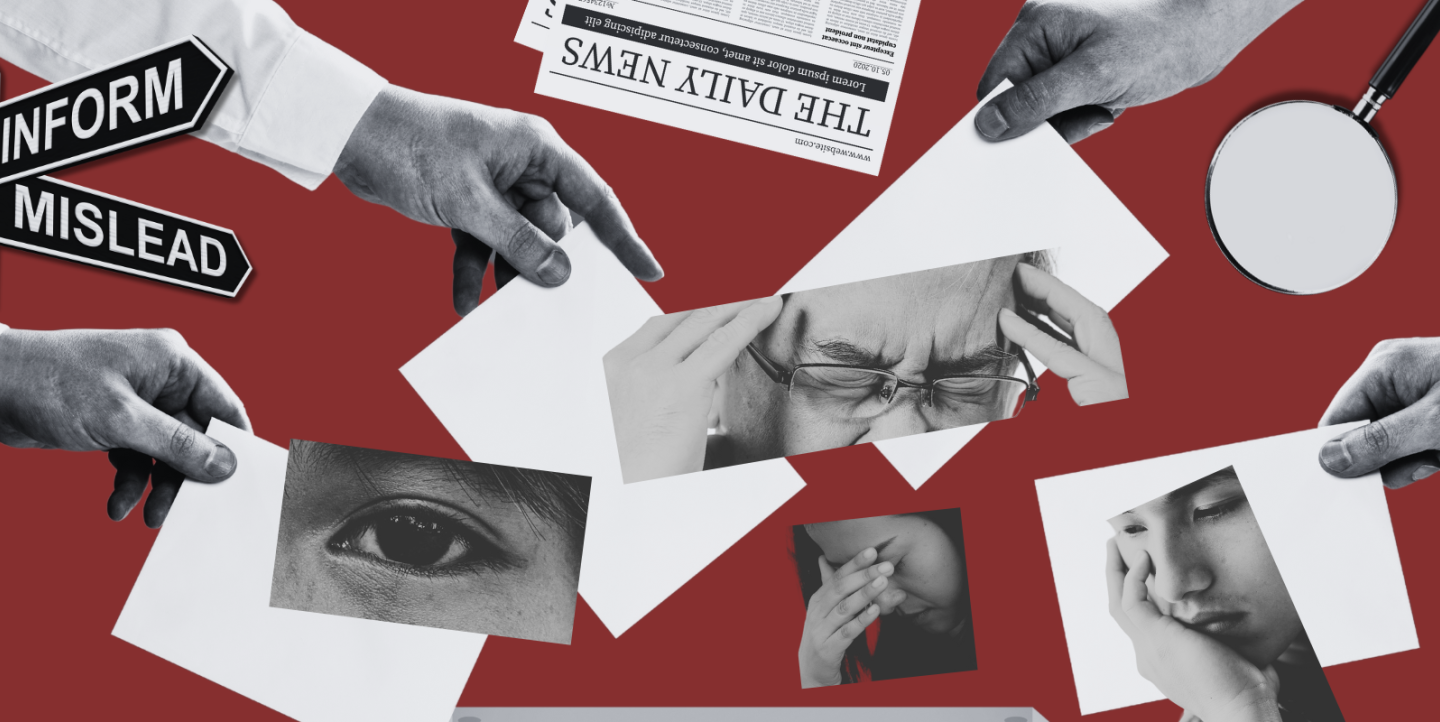Disinformation runs rampant in immigrant communities in the U.S. It’s only increasing, too, due in large part to language barriers, social media and bad actors’ weaponization of entrenched fears.
Many outlets, meanwhile, lack fact-checking resources for non-English speakers.
Today, Asian Americans are the fastest growing racial group in the U.S. electorate. Almost six in 10 are immigrants, while just over half of recent arrivals say they are proficient in English.
Mis- and disinformation within Asian American communities spreads widely on the radio, Youtube and popular apps such as WeChat and WhatsApp. WeChat, which is used by about 60% of the Chinese American community, is particularly vulnerable to misinformation, due to a hyper-partisan, conservative ecosystem that rewards sensationalist content.
To learn more about disinformation’s impact on Asian American communities and how to combat it in effective, culturally conscious ways, I reached out to Nick Nguyen, the co-founder and research lead of Viet Fact Check, and Kyle Van Fleet, a strategic communications associate for APIA Vote and head of APIA Vote’s disinformation monitoring program.
Language barriers
Language is a significant barrier to receiving factual information in many Asian American communities.
Less proficiency in English and fewer media outlets operating in their native languages can cause immigrants from these communities to be more susceptible to false, politically extremist information put out by bad actors, Van Fleet said. On top of this, there’s a lack of fact-checking initiatives in Asian languages, and social media companies can also be slow to take down false information.
“Because there's already such a drought of journalism in general, there's fewer and fewer reliable sources, and that gap has been filled in by a lot of hyper-partisan activists who are posing as journalists,” said Van Fleet. “That's definitely true within the Asian American community.”
It’s vital that journalists understand the significant role that language plays in spreading disinformation. For starters, newsrooms should translate more of their reporting into Asian languages, Van Fleet suggested, urging that journalists also be cognizant of the many Asian ethnic groups and languages that need information and deserve representation.
For example, Viet Fact Check, a project by the Progressive Vietnamese American Organization, publishes fact-check analyses for Vietnamese Americans. DesiFacts does similar work in Hindi and Bengali, and PiYaoBa verifies information in Chinese, to name a few.
Journalists and fact-checkers should know that Asian languages may differ based on regions within a country, and time periods, Nguyen added: “One of the reasons I think we have managed to last this long is because we invest in making sure our content is idiomatic Southern Vietnamese from the pre-1975 era.”
Exploiting knowledge and fear
Many fact-checking outlets fail to recognize the level of knowledge immigrants may have of American institutions and electoral processes. For instance, Asian immigrants who didn’t attend school in the U.S. may not have been taught the specifics of American institutions and how they work, Nguyen said. This can enable misinformation around electoral processes and results to take root and spread.
“There's sometimes a different understanding of what democracy is or what governance is supposed to look like,” said Van Fleet, adding that disinformation agents target the traumas of Asian American immigrants who come from non-democratic countries more broadly as well, in an effort to drive fear.
“This is also kind of a vulnerability for disinformation because people's traumas or their misunderstandings or their different perspectives can be weaponized to push some kind of hyper-partisan agenda,” he said.
In Vietnamese refugee communities specifically, memories of communism in Vietnam can be weaponized, Van Fleet continued, to sow fear of communism or socialism in the U.S. In 2020, these fears were exploited to help prop up false claims about fraud in the 2020 U.S. presidential election.
“Significant amounts of misinformation are aimed [at] the historical trauma of being a refugee, which draws people to candidates who they view as the best choice to preserve the stability, power, and prestige of the United States, as they do not want to be refugees again,” Nguyen said.
Given the above, before delving into fact-checking analyses on complex political topics in the U.S. such as healthcare or the economy, newsrooms should establish baseline definitions of institutions and political processes for their readers.
APIA Vote, for example, provides helpful resources on voting to individuals and local organizations ahead of elections.
Centering communities
Combating disinformation requires daily effort, Van Fleet urged. It’s important to contextualize how disinformation causes specific harm to an individual or community.
Widely circulated YouTube videos made by bad actors perpetuate disinformation narratives such as claims of election fraud in the U.S., and crime news aggregators are also popular in Asian American communities with many producing sensationalized content seeking to divide groups of people. These narratives can have harmful effects on Asian American communities and their relations with others.
“The main thing is to provide enough context to help people understand how believing a falsehood will cause harm to them, rather than just checking a fact,” Nguyen said.
Centering Asian American communities in these efforts is key. Journalists and newsrooms should research the communities they are covering and include them in conversations surrounding disinformation.
Partnering with local organizations is one method to do so. APIA Vote collaborates with these groups across the nation and compiles reports on harmful narratives to send to trusted messengers, who then communicate their findings on a local level, either through programming or direct relationships with community members.
“[We need to] work with our local organizations who are trusted in their community, who are not seen as partisan organizations or entities,” Van Fleet said. “Go meet with the community, go talk with the community, go understand the community. Make sure that you're elevating and centering what it is they have to say versus speaking for them.”
Image by Camelia Heins.


